My last trip to Hawaii was about 20 years ago, but I’m already preparing my palate for the wide variety of delights the islands offer.
Canned meat, yard birds, and classic lunches with lots of seafood choices are easy to find on all the islands of Hawaii. If I had the time and space, I’d gladly defend poi. This pounded taro-root dish serves as the punchline to tour guides’ comments about Hawaiian food and provides historical context for plate lunches’ cultural (if not nutritious) importance.
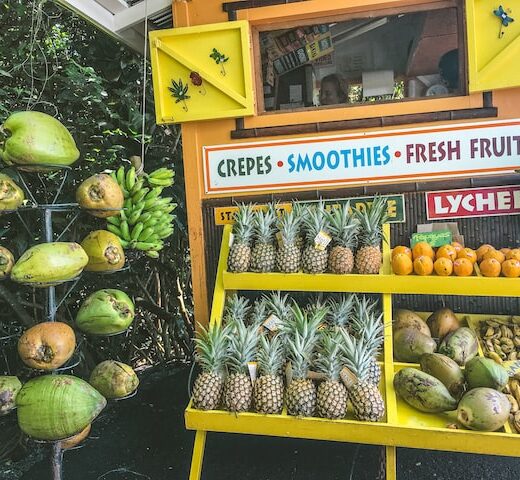
Where should I start?
It takes long enough to get there on island time, so I recommend starting with the best food in Hawaii: the delicious local food that the people eat every day. I’m talking about the meals whose soy-sauce-soaked roots connect islanders to their Asian roots, the bits that highlight the bounty of the surrounding sea in its most fresh form, and the beach snacks that taste better outside.
Step outside the resorts, away from the tourist traps crowded with smoothie shops and TSA-approved pineapple packs, and it’s evident that Hawaii is as far apart from Los Angeles in terms of distance as New York is in terms of culture. Hawaiian cuisine culture incorporates cuisines and ideas from around the world into the island’s way of life. Even everyday items get special treatment in Hawaii, where travelers are greeted with fresh-flower leis. Hawaiian sweet bread French toast is topped with macadamia nuts, and apple bananas appear on pancakes and ice cream. Hawaiian food is diverse, blending Chinese and Japanese noodle soups to create saimin.
A bit of food history.
Before the influence of the Europeans, traditional Hawaiian cuisine included: Poi, Kalua pork (pit-cooked whole pig), and different raw fish salads which evolved into what is now known as poke (pronounced poh-kay).
Following the arrival of Captain James Cook, a new cuisine known as “local food” arose. The first wave of immigration was Chinese, followed by Japanese, Koreans, Filipinos, and Puerto Ricans. Next to follow were Mormon Samoans, Mexican cowboys, and American GIs. Despite this great melting pot, local foods remain popular. Much like pidgin [local dialect], it is one of the few things that all of Hawaii share. Here are some of my favorite meat choices, some no longer unique to just Hawaii.
Poke
Poke is one of the few traditional Hawaiian dishes that combine all three styles of Hawaiian cuisine. Before contact, Hawaiians ate raw fish with limu (an indigenous seaweed), candlenuts, and oil-rich kukui nuts. In the 1970s, poke became popularized as a potluck and grocery staple, sometimes referred to as an “Hawaii’s hamburger.” Poke was ripe for transformation into high-end appetizers with the emergence of Hawaiian Regional Cuisine, with ring-shaped, jewel-toned fish glittering with sesame oil on costly platters.
The poke you’ll want for a beach picnic, on the other hand, will most likely come in a clear plastic deli container. Most restaurants serve fresh ahi poke on their own or with Maui onions, seaweed, avocado, tobiko, and spicy mayo. The best restaurants will seduce diners with wasabi-flavored octopus or confound them with kimchi sea, guaranteed to clear your sinuses. There are several places to sample this unique offering, from chain restaurants to local eateries. Because fresh fish produces the best-tasting poke, look for the (legally required) label on poke made from previously frozen fish.
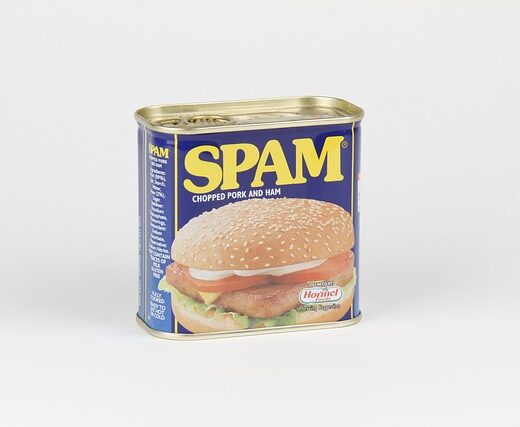
Musubi Stuffed With Spam
Spam musubi is the best portable snack. It is inspired by musubi (also known as onigiri), a Japanese dish of seaweed-wrapped rice balls stuffed with intensely flavored toppings. To add a unique twist to this dish, there’s grilled Spam with soy sauce and sugar in the middle. The porky meat requires little flavor, but the heating process makes it easier to swallow for Spam novices. The caramelization of the glaze helps the slices crisp up at the edges, giving it the texture and flavor of a thick, rich ham steak—but without the chewiness. The rice, which may be easily made with a musubi machine (or an empty Spam can), softens the strong flavor of the Spam.
Musubi isn’t refrigerated to keep the rice fresh; thus, it’s wrapped in plastic everywhere in the state where you can buy food. Although Spam will most likely survive the apocalypse, look for fresh musubi if you want to experience the crisp crunch of the nori wraps.
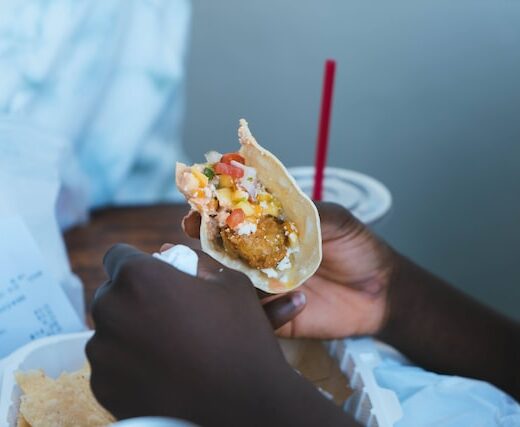
Fish Tacos
While fancier Hawaii restaurants typically serve fish as a fillet in the center of the dish, if a local pick up fish for lunch, it is most frequently wrapped in a tortilla.
It would be a plausible story to say that fish tacos began with the influx of Mexican immigrants in the 1830s. Still, the cattle-roping cowboys known as paniolos (slang for espaols or Spanish) from California (then part of Mexico) are known more for their beef tacos. The late-twentieth-century (Californian) surfers discovered a new convenient mode of feasting on Hawaii’s abundance of fresh fish.
The best Hawaiian fish tacos, unlike their Baja counterparts, aren’t breaded; instead, they get a quick coating of seasonings on a flattop grill. Ono, Mahi Mahi, and tuna shine above all else in the best restaurants, which is why there’s no flavor-sucking breading on them. Crunchy salsas with tropical ingredients such as mango or pineapple add a Hawaiian touch. Toppings differ depending on location: barebones ahi tacos with just fish and pico de gallo or maybe a cabbage slaw over ono (wahoo) with a creamy sauce might be your choice. Ono is both a fish and the Hawaiian word for delicious.
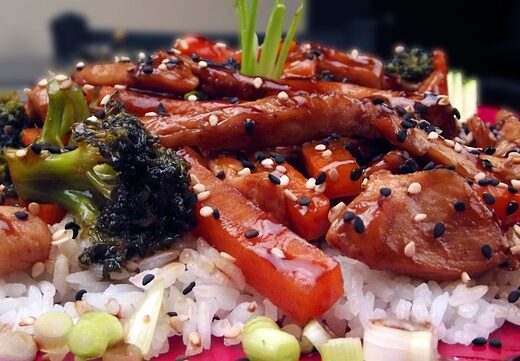
Huli Huli Chicken
To prevent the glaze from burning, turn the sweetened soy sauce marinated and basted chicken while cooking over when the first side is done. The sauce’s sugars caramelize, giving the chicken its noteworthy crispy edges, and a good rendition is incredibly moist on the inside. During preparation, clouds of fragrant, teriyaki-flavored air billow from the grills, making this a favorite at fundraising events and roadside kiosks like the ones near the end of Maui’s Road to Hana.
Garlic-Infused Shrimp
The combination of a flat coastal area rich in freshwater shrimp farms and large wave surfers looking for cheap, satisfying, and delicious meals on Oahu’s North Shore creates an ideal environment for selling garlic-doused shrimp.
Giovanni’s white trucks are the originals, but plates of butter-laden crustaceans can be found in parking lots along the coast. Generous chunks of plump, curled shrimp are sautéed with what appears to be an entire head of garlic, finely sliced. The tiny bits make their way into every open surface of the shrimp, under the shells, which are crisp from the pan, while a butter-thickened sauce oozes over the big scoops of rice. More than two decades after the original truck advertised shrimp scampi, shrimp locations are now all over the Hawaiian Islands. However, Giovanni’s maintains its top reputation, as does neighbor Romy’s, which has its shrimp farm on site and guarantees the freshest meals.
You just don’t visit Hawaii for the savory, you also need a little sweetness. In Hawaii Eats Part 2 we’ll look at satisfying your sweet tooth.

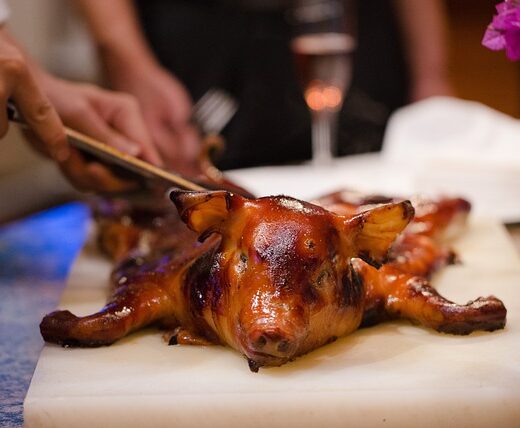
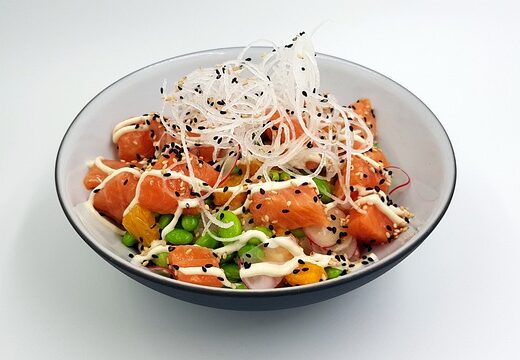
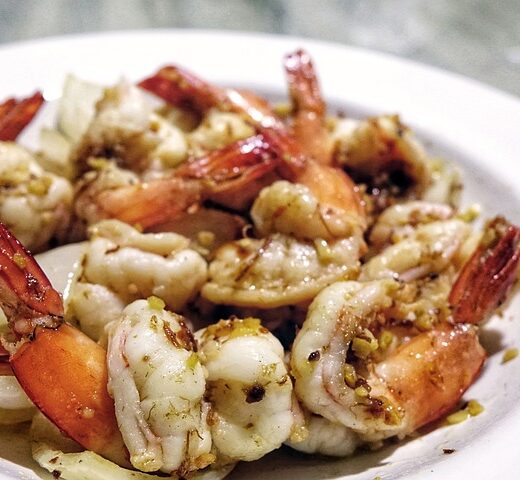
Leave a Reply